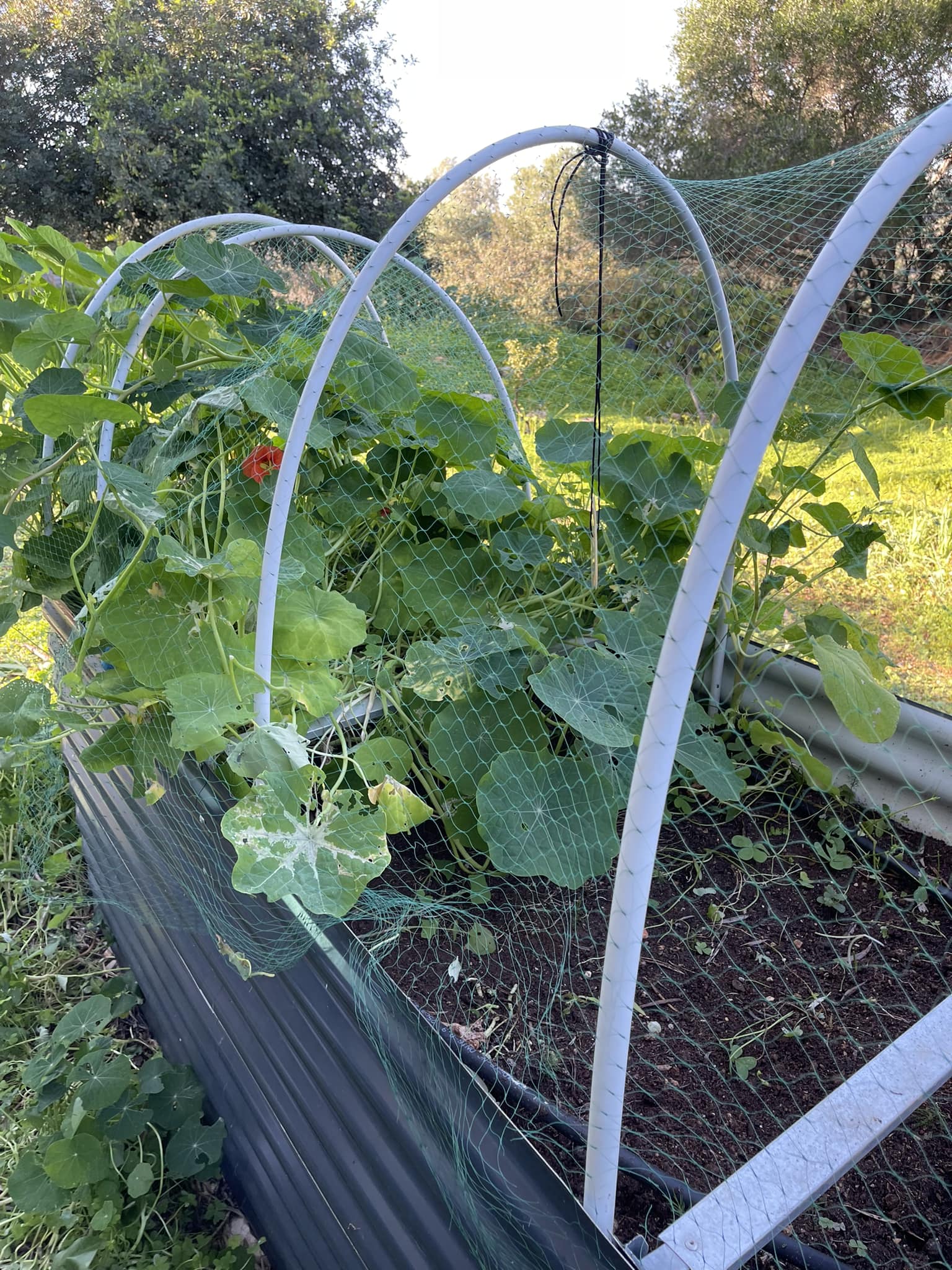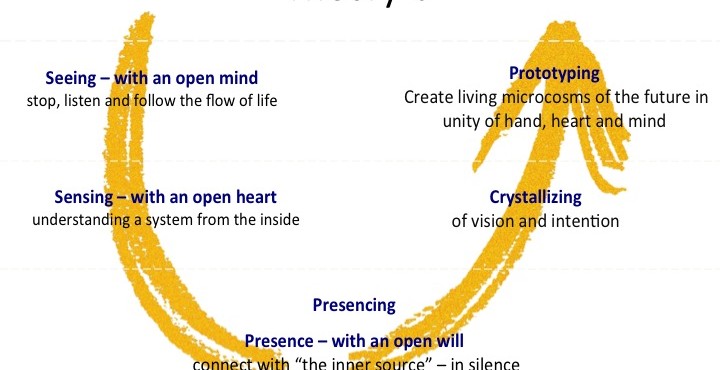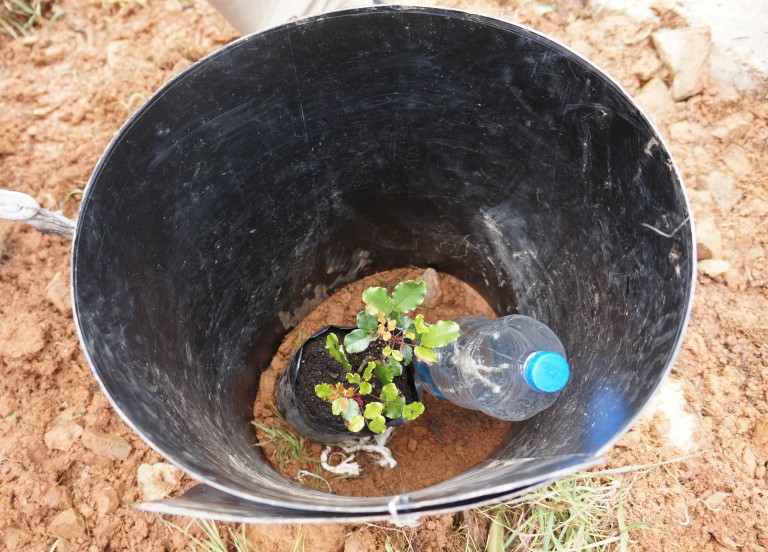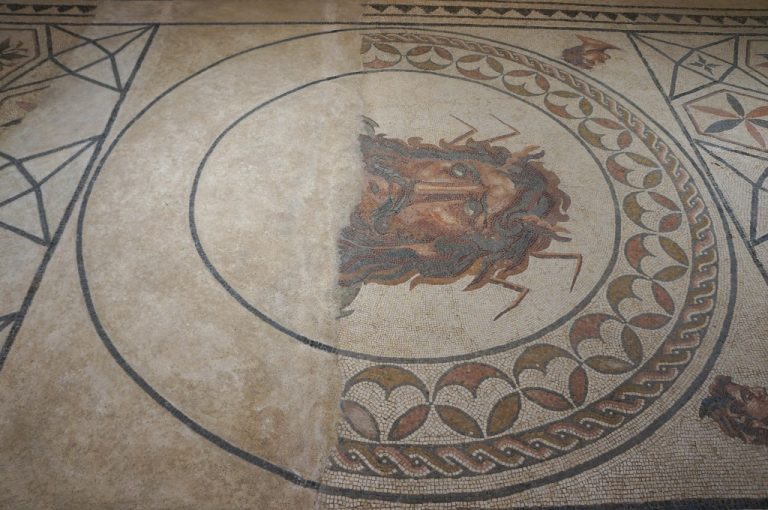Water, Water, not everywhere
It is raining so I am writing. Jim made a spreadsheet of our water bills yesterday and we talked about what we could do to reduce our consumption, which includes encouraging people who visit to use less water. Tavira Verde is switching off our second water meter on April 10. From June 1st through to the end of September we cannot use house water for the garden and we will potentially have no garden water as our bore hole is dry.
Tavira Verde – website – Drought message
Tavira MC has a limited statement about climate change on its website. It needs to be updated to reflect the drought situation.
We have had the house since 1996 (which is 8km outside of Tavira) and lived here permanently since 2008. In that time we have created a mediterranean dry garden and 15 raised beds. We have made many mistakes, but had enough successes to carry on – probably until we drop.
We have 2 acres of land and 30 solar panels. We use Coopernico as our back up electricity supplier as they are 100% solar or renewable. As our borehole is dry we have permission but no plans to drill deeper because we will probably only bring up more minerals and silt which won’t be that useful to water plants or drink without a filter.
I guess we are more actively conscious about our use of water as we are old campaigners for the planet. Our choices are not for everyone but some of the practices and the links may be useful.
So here goes – a quick mind dump of what I know and what we are doing to save water. We are not perfect, just doing our best.
Rose Peddle has articles in the Portugal Resident about dry gardening and is a great advocate for no lawns in the Algarve. We follow the principles of the Mediterranean Garden Society in Portugal and have adopted some of the tips of Olivier Filippi. Olivier says “By working with – rather than against – drought, we can make remarkable gardens that are both beautiful and original.”
The Mediterranean Society (MGS) is a non-profit-making association founded in Greece in 1994 and now has members worldwide. Branches of the Society organise meetings and activities locally. Members may also join in the Seed Exchange but there are also local seed exchanges we attend.
If you read my article from last week about drought and the new water campaign by Tavira Council called ‘Water is Life but it can End’ you may remember the mention of the water station in Tavira.
Lyn Jarvis has been writing to Tavira Council for a couple of years asking why water is gushing into the river at the water station and had a reply yesterday, but questions still remain. I wrote to the press office last week but have not yet received an acknowledgment or any more information. I will try again this week. Nevertheless, the reply to Lyn indicates some progress on understanding who is responsible for the water station but not why the water is gushing into the river.
I will come back to the water station at the end of this post.
What we do to save water.
Bathroom
Signs –
Only flush a number 2
Don’t run the water and brush
Shower quickly
We spend less time in the shower, less soaping up and use an eco-friendly body wash.
We have buckets and a funnel for collecting water in the shower.
When running the water to get it up to a decent temperature, the water is directed into the bucket via the a flexible shower head. We use the water to flush the toilet and decant the water into 5 litre water bottles for watering precious trees.
We flush the toilet once a day or only after a number 2.
We don’t run the water when brushing our teeth.
Kitchen
We use eco friendly washing up liquid and clothes washing liquid (from Beterraba loja next to the market in Tavira) and use the washing up water on plants near the house. We are working out if we can reuse the water from the washing machine, but we have a soak away so what water and waste we use from the house goes into the tank outside and then slowly into the garden.
Tree watering
We don’t grow citrus or avocados, but we have a few fruit trees mostly for shading the soil. We don’t water olive and carob trees. We mulch the fruit trees heavily with home made mulch. We have two shredding machines – worth investing in if you want to use less water. We shred paper and put it in the compost.
We have two 500 litre water butts with lids to keep the mozzies at bay which can be purchased from Leroy Merlin. They collect rainwater from the roof of the house.
Compost bins
We have 7 compost bins. Two are hot bins. We saw them being used during the climate change conference at the Findhorn Community in 2019. They make composting much easier as there is no turning, no smells and no rodents.
I am a resource person in Portugal for the Findhorn Community which is based in Scotland and is currently undergoing changes after COVID and BREXIT. Over the last 60 years many people learned about community and the environment via their educational programmes which are now on hold. I have been visiting the community since the 80’s. Here is my story which explains in part why I feel an affinity with the place. Do get in contact if you want to know more about Findhorn Community practices
Eveline Rodenburg says of the Findhorn hot bins, “Whenever it suits them, people from The Park and beyond bring their food waste and put it in one of the seven hot bins. These are special compost bins that get hot (around 60 Celsius) so they can quickly and safely compost cooked and uncooked waste. They’re also rodent proof.”
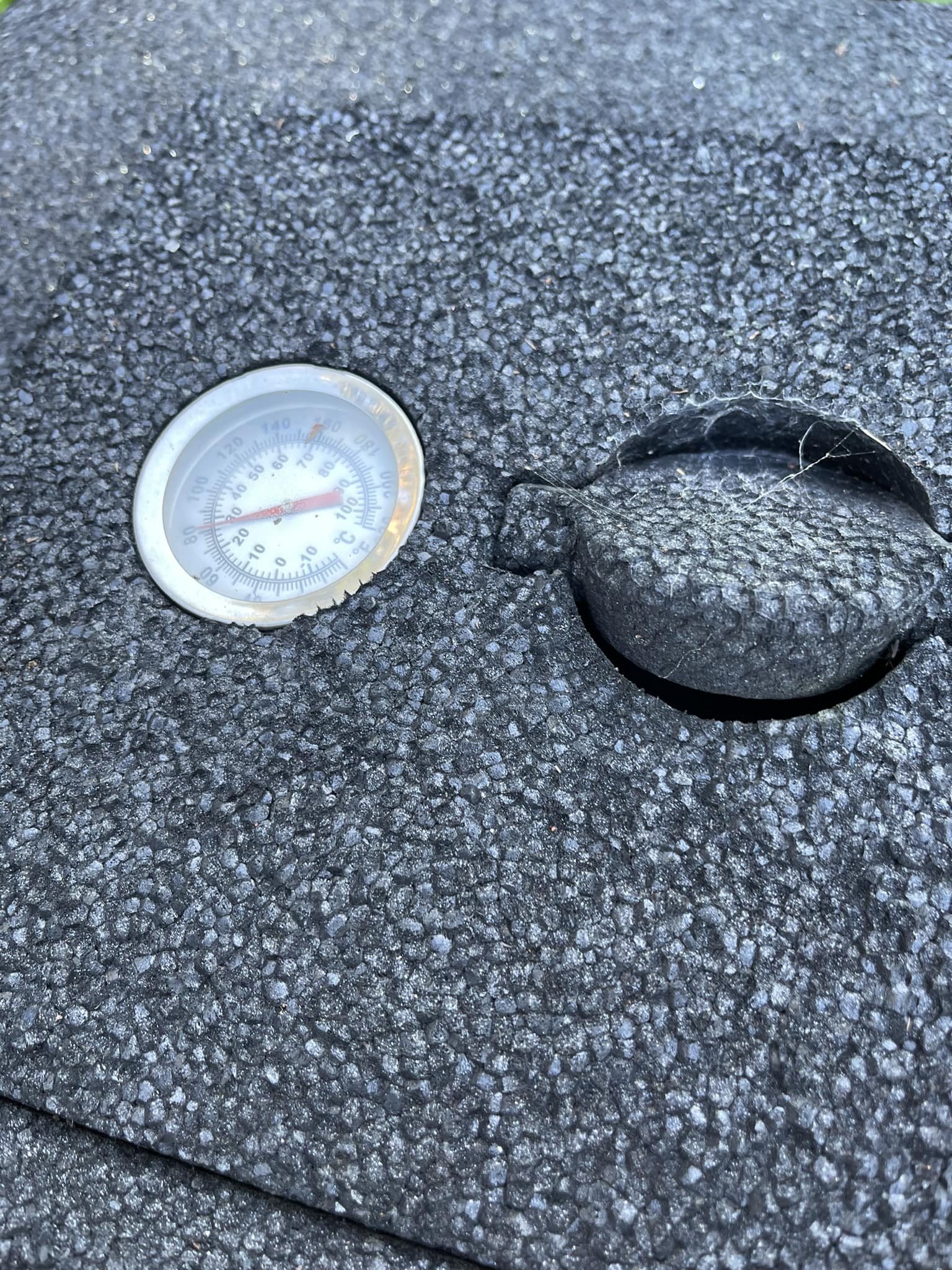
Our hot bins create compost in about 6-8 weeks. We put all our food scraps including fish bones into the hot bins along with anything green. We also collect coffee grounds from a couple of cafes and add a little to our general compost bins.
We make our own liquid feed. If you want some get in touch. The liquid feed is made up of borage, comfrey, and other good organic stuff. Use it watered down 10.1.
Tavira Council is also offering composting educational opportunities along with free compost bins, one per family unit. The link to composting initiative could do with being prominent on the Council website. If you are a resident and want a free compost bin and are willing to spend 3 hours in a useful composting workshop get in touch with the environment department. Don’t forget to include your fiscal number when dropping them a line.
I grow Vetiver which is good for soil erosion and retaining moisture. We have a lot of rocks on the land and use them for capturing and retaining moisture around our ground level beds. The plan is to surround the beds with Vetiver to act as a heat protector. I am currently removing all plants from pots and putting everything in the ground.
Miguel Cotton from Orchard of Flavours has produced a drought emergency plan. The plan outlines useful irrigation resources with information about where to buy stronger drip feed UV pipes. We have learned over the years that the cheap pipes crack in the heat and the water sprinklers clog, so we only use drip feeds which we will soon switch off. Orchard of Flavours runs really detailed hands on workshops. I recommend them highly.
Also biochar puts carbon back into the soil and Martijn Jager makes and sells it locally. I am experimenting with adding biochar to a couple of beds. He is usually at the local garden fairs. The next one is April 6 at the museum in São Brás de Alportel.
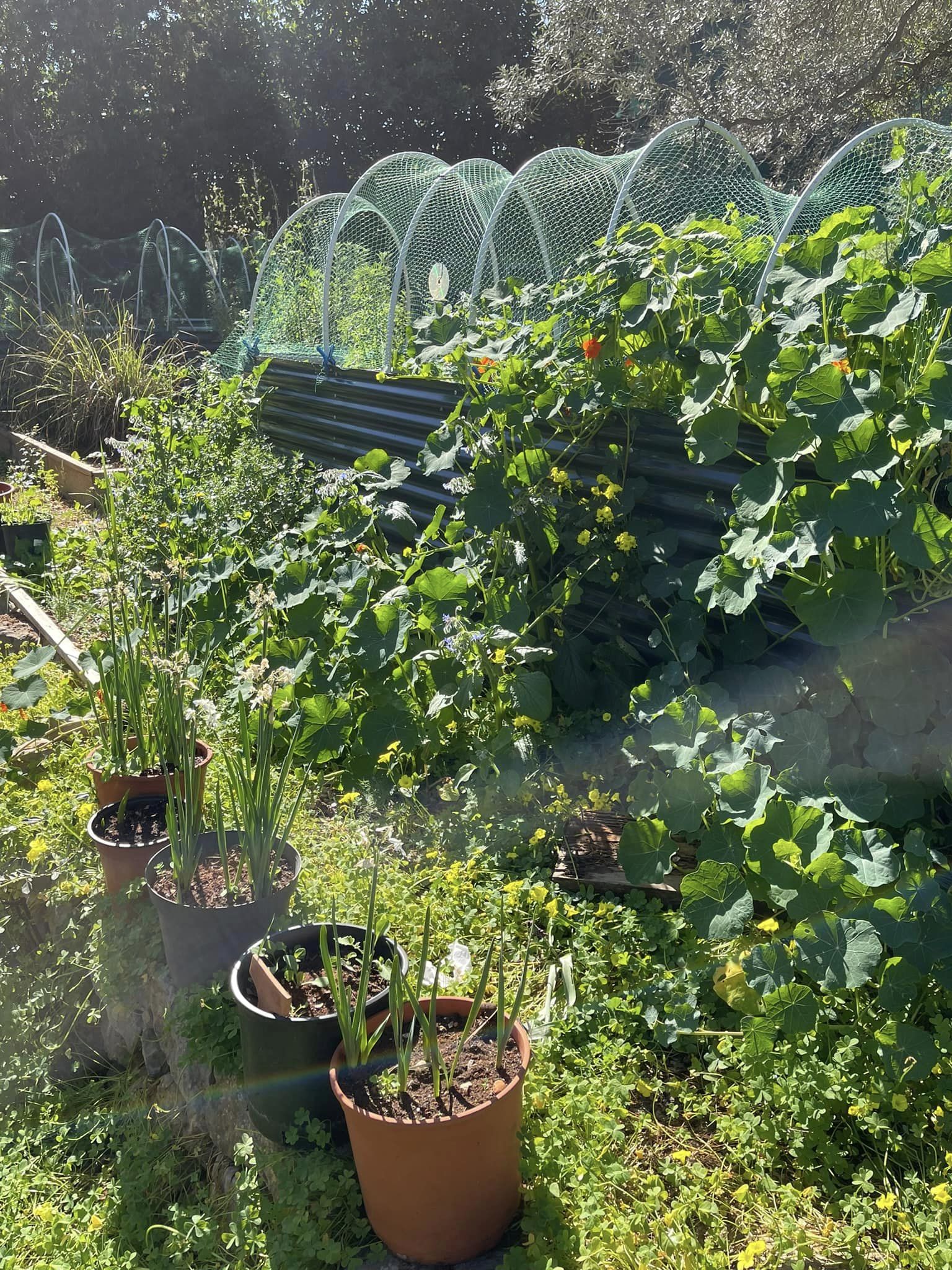
In the raised beds we use Oyas/Ollas with mixed results. The Oyas/Ollas are made by Mario Medonca a wonderful creative local artist and potter. The Oyas have a cork top to keep out insects and falling leaves. Here is more about Oyas and how to use them from an Australian grower. I follow a couple of other Australian growers, the permaculturist Morag Gamble and the energising and really informative guy who makes videos from Self sufficient me
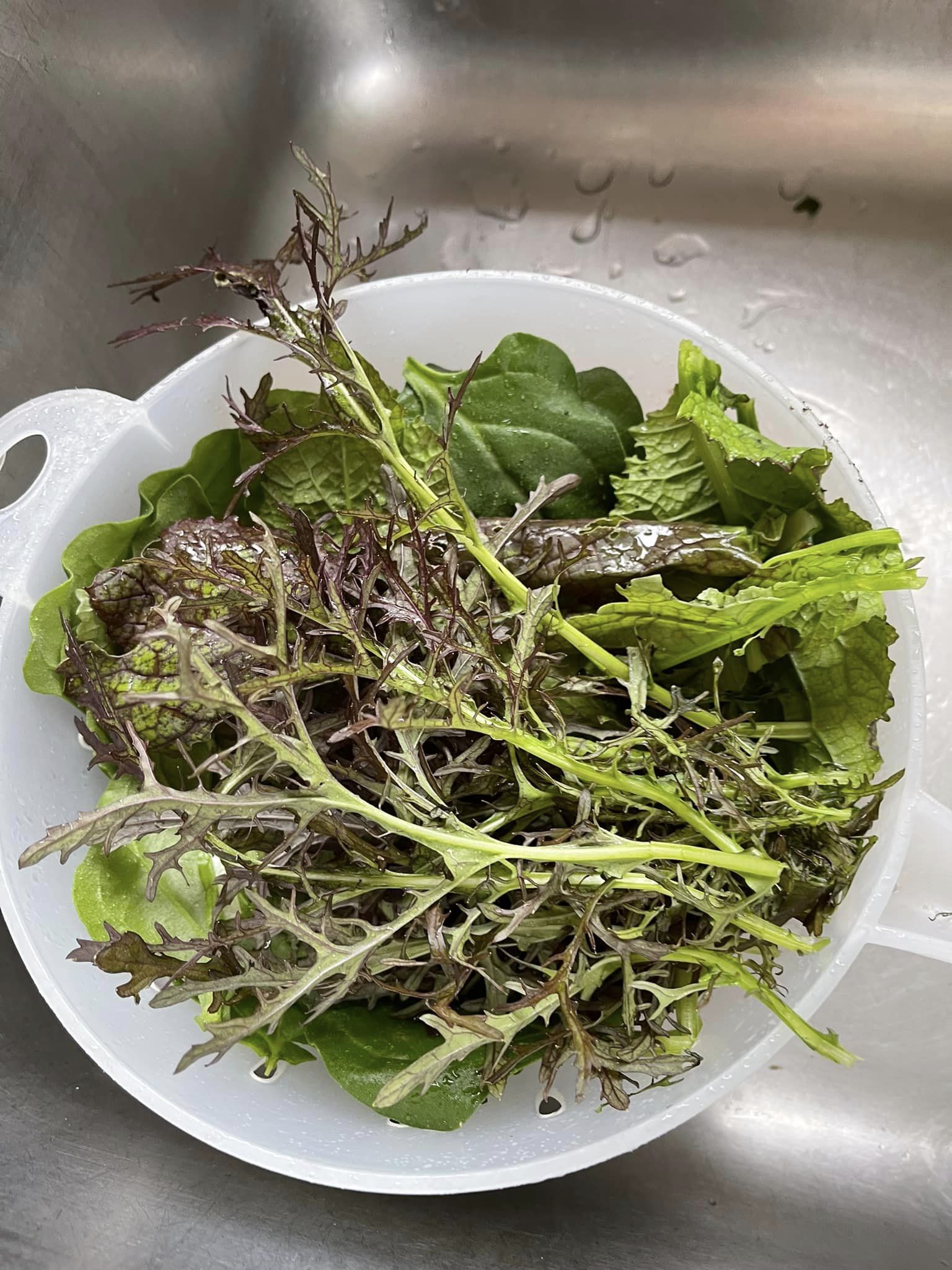
We have used metal raised beds for about 5 years and they seem as good as new. They are like Birdies Beds which seem to be only available in Australia, USA or UK. I purchased lookalikes from here. They come in a variety of sizes and shapes.
Morag Gamble runs an online film club which is where I watched for the second time Alter Nativas. The film is well worth watching for local community based initiatives in Spain. I wonder if Tavira Library will allow a showing? The film was created by Juan del Rio the cofounder of ECOLISE – a European network dedicated to connecting people working on permaculture, ecovillage, transition, new economy, localisation and ecosystems regeneration work. I interviewed the founder of Ecosystem Communities John D. Lui for the magazine ECO123 in 2017. He said back then and it still applies:
“We have to restore all degraded landscapes immediately. We cannot wait to restore the earth. The only agency that can actually restore the entire earth is humanity. So, collective human consciousness must reach the level that understands why does moisture infiltrates, how it is retained in soil and how it is absorbed in the plant material and respirated to regulate hydrology, weather and climate and how micro climates exist below the canopy. We have altered all of these and now have domesticated and cultural outcomes on a planetary scale. The outcomes are determined by our understanding, by our consciousness.“
We were part of the Transition Town Movement in the UK so early on when moving to Tavira in 2008 we supported the creation of Transition Movement in Tavira. The founding group in Totnes, Devon UK, says “Transition is about change, resilience and adaptation in an increasingly hostile world. And our Totnes community is key to shaping the places we love to enable more people and the local environment to thrive.” Join the Tavira em Transição pelo Desenvolvimento Ético e Local – the Tavira Transition Town facebook group if you want to find out more.
So what did the Camara say about the water station in Tavira? Lyn Jarvis said I could reproduce the email response she received, so here it is:
“Following on from the presentation you made to this council, which we have given our best attention to and which we thank you for, we would like to inform you that for more information on the Fountain – Water Pumping Station you should consult the following link: http://www.monumentos.gov.pt/site/APP_PagesUser/SIPA.aspx?id=16291
We would also like to inform you that with regard to water utilisation, the municipality has carried out a series of measures to, on the one hand, reduce drinking water consumption and, on the other, increase the council’s water efficiency, as you can see at: https://cm-tavira.pt/site/noticia/agua-e-vida-mas-pode-ter-fim/?doing_wp_cron=1711360489.7960510253906250000000
We would also like to inform you that projects have been developed to reuse non-potable water for watering gardens, filling fountains that are still active and washing streets and bins, as well as using the water from the Municipal Swimming Pools and Fontinha for gardens and fountains.
We would like to take this opportunity to thank you for contacting us and hope that we have made a favourable contribution to clarifying the situation you have reported.”
Translated with DeepL.com (free version)
The email does not explain why the water from the water station continues to gush into the river. So Lyn is writing again to Tavira MC and I will write again to ask more question. If you want to ask your own questions about the water station here is the contact. Put your fiscal number on any correspondence.
What are you doing to save water? Please comment or email me with ideas and suggestions.
